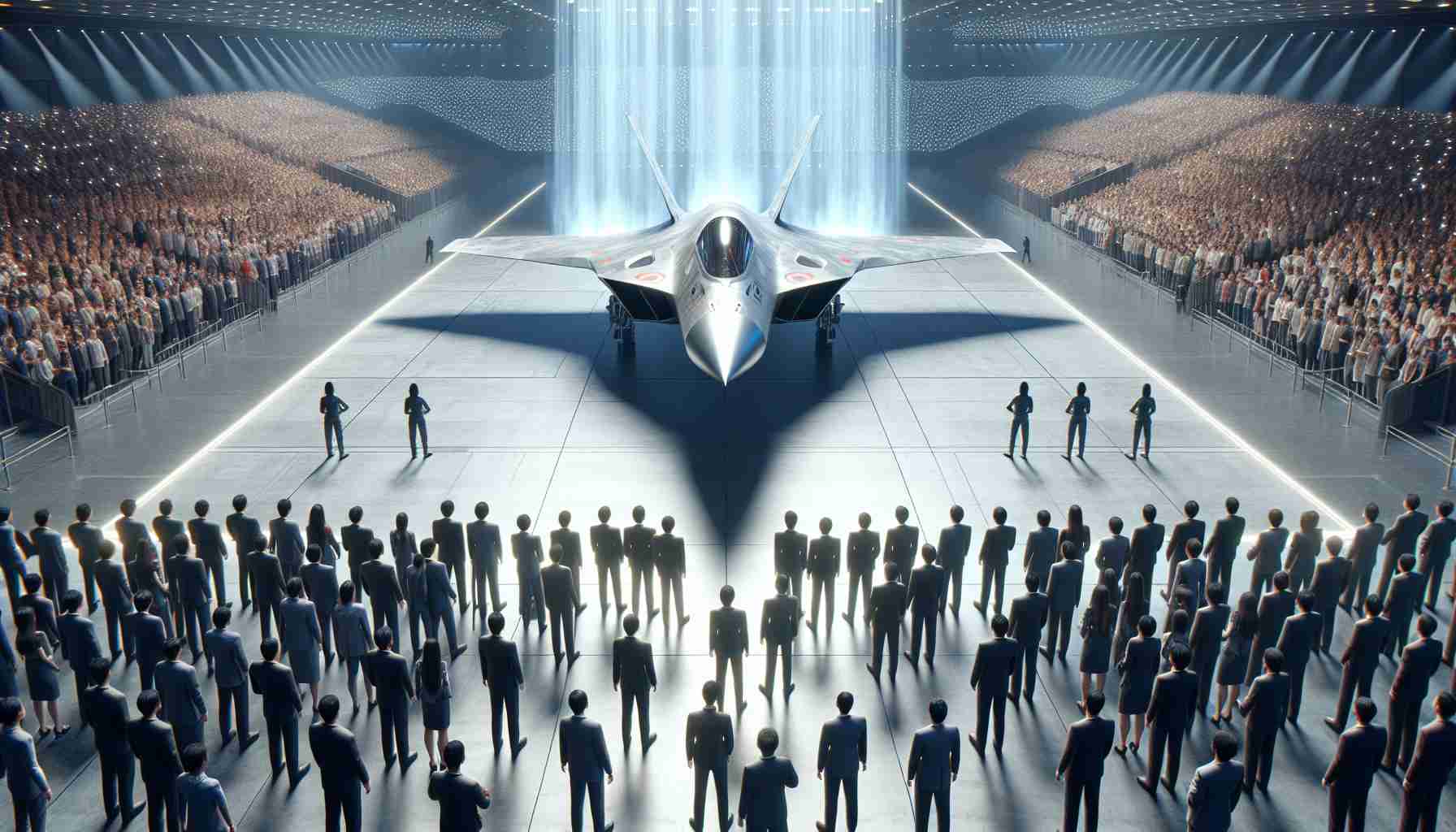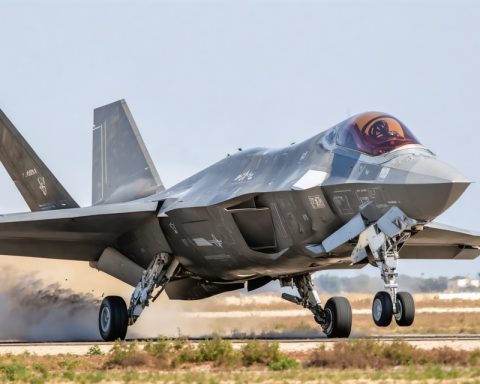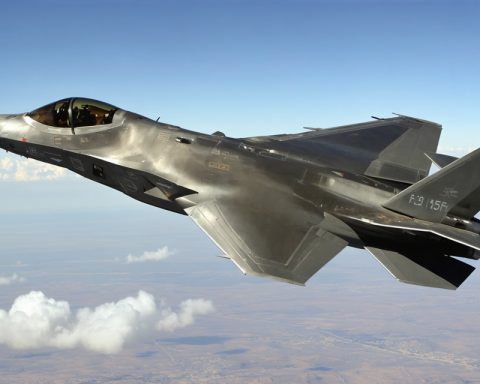In a bold move at the 2024 Zhuhai Air Show, China has unveiled its latest advancements in military aviation with the introduction of the J-35A stealth fighter. This cutting-edge aircraft is set to become a key asset for the People’s Liberation Army Air Force (PLAAF), sharing many similarities with America’s F-35. The debut of the J-35A marks a pivotal moment as China joins the United States in deploying two separate fifth-generation stealth fighter models, highlighting its rising stature in global aerospace capabilities.
Developed by Shenyang Aircraft Corporation, the J-35A offers a more lightweight and cost-effective alternative to China’s flagship J-20 fighter. Specifically designed for aerial supremacy and equipped with secondary strike capabilities, the J-35A is tailor-made to meet the needs of the PLAAF and potentially the People’s Liberation Army Navy (PLAN). This adaptability could significantly benefit China’s growing naval ambitions, particularly in supporting new additions to the fleet such as the Fujian aircraft carrier.
The J-35A is seen as a strategic advancement, with experts predicting that its rollout will bolster China’s fifth-generation fighter acquisitions and strengthen its position in air warfare. There is also talk of an export variant, potentially the J-35AE, which could appeal to international buyers seeking high-tech stealth aircraft without incurring the hefty price tag of US models.
As the J-35A begins its operational journey, its expected role in enhancing China’s military reach, particularly in regional hotspots like Taiwan, cannot be underestimated. The 2024 Zhuhai Air Show has undeniably spotlighted China’s emerging influence in advanced military aviation, with the J-35A leading the charge.
China’s J-35A Fighter: A Game-Changer in Global Military Aviation?
The debut of China’s J-35A at the 2024 Zhuhai Air Show has not only showcased the country’s technological advancements in military aviation but also raised intriguing questions about the future of stealth fighter technology and its broader implications for geopolitics and innovation.
What’s New with the J-35A?
Beyond its basic design features, the J-35A is notable for its potential as a platform for artificial intelligence (AI) integration, which could enhance its combat effectiveness. Integrating AI could provide the aircraft with advanced autonomous flight capabilities, allowing for more sophisticated real-time decision-making and increased pilot efficiency during complex missions.
Interesting Facts and Controversial Topics
While the J-35A resembles the American F-35, it distinguishes itself with its cost-effectiveness, challenging the status quo in the military aviation market. The introduction of AI and other technologies raises questions about pilot control versus machine autonomy.
The development of the J-35A also underscores a controversial aspect of military technology: the increasing use of unmanned or less human-reliant systems. While this can potentially reduce human risk, it can also lead to ethical concerns about the decision-making processes in combat situations made by AI systems, even semi-autonomously.
Advantages and Disadvantages
Advantages:
– Cost Efficiency: The J-35A is envisioned as a more accessible alternative to pricier models, making advanced military technology more attainable for nations with constrained budgets.
– Technological Integration: Potential incorporation of AI and advanced sensors make the J-35A a formidable opponent in air warfare, enhancing situational awareness and reducing pilot workload.
Disadvantages:
– Ethical Concerns: As military aircraft become more reliant on AI, ethical dilemmas arise, particularly regarding autonomous decision-making in combat zones.
– Geopolitical Tensions: The J-35A’s development reflects China’s growing military capabilities, potentially escalating tensions with its neighboring regions and global adversaries.
How Does This Affect Humanity and New Technologies?
The J-35A’s advancements in aviation are a significant leap forward, leading to potential civil aviation applications for the technologies developed. Stealth technology and AI used in these fighter jets could inform future passenger aircraft designs, potentially leading to more efficient, safer, and faster air travel.
With AI becoming more integrated into aircraft, there are significant implications for future technology developments beyond military uses. The rapid pace of AI in fighter jets could accelerate innovations in autonomous systems across various sectors, including transportation, delivery, and even space exploration.
Related Questions:
Why is the J-35A’s export potential significant? An export variant like the J-35AE can alter the global military balance by providing nations with affordable access to advanced stealth technology, which was previously accessible to only a few.
Could there be civilian applications for technologies developed for the J-35A? Yes, stealth and AI technologies could lead to advances in eco-friendly and efficient aviation travel.
For more on China’s military technology developments and global aerospace advancements, visit these links:
Janes
Aviation Week











